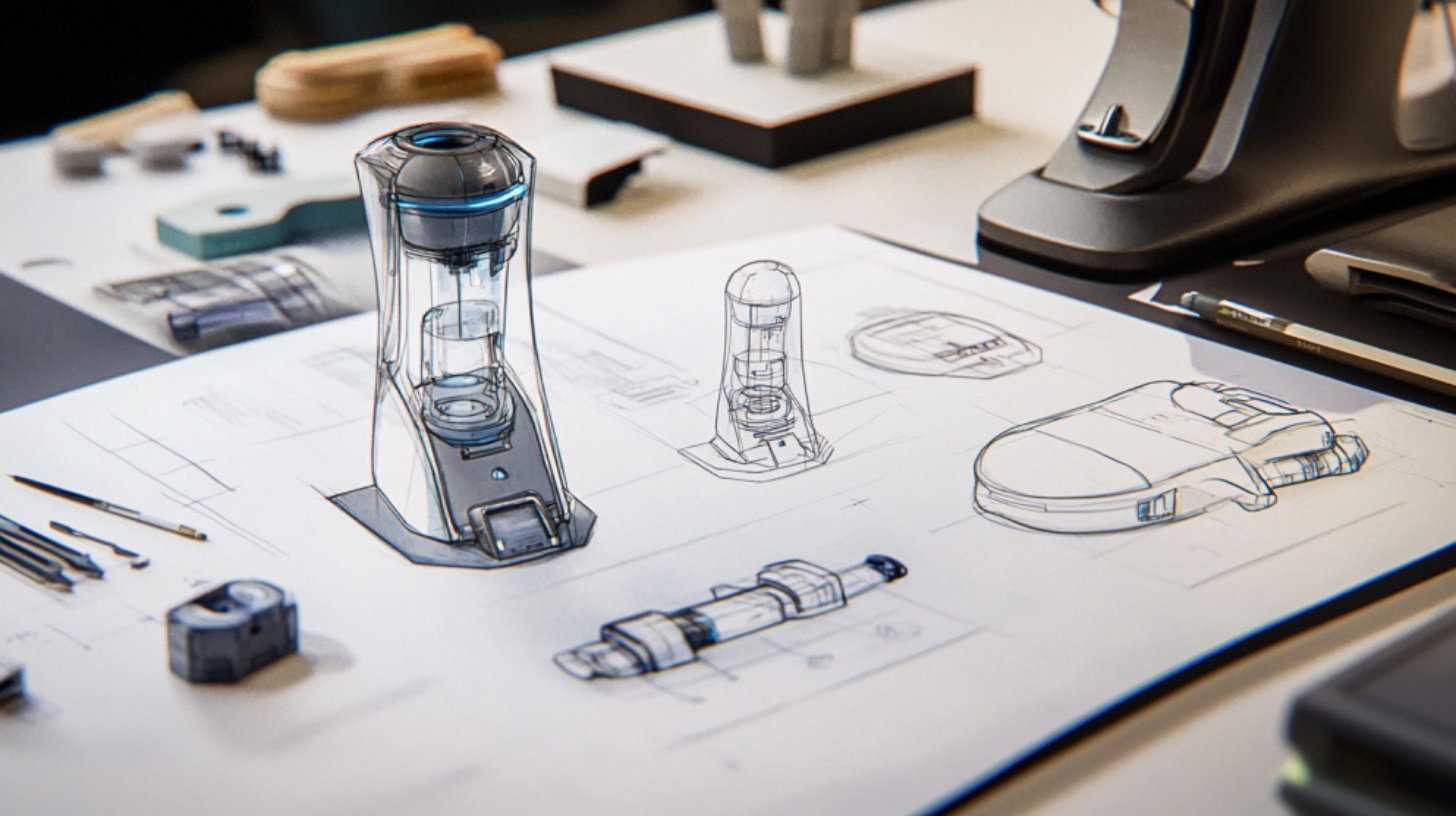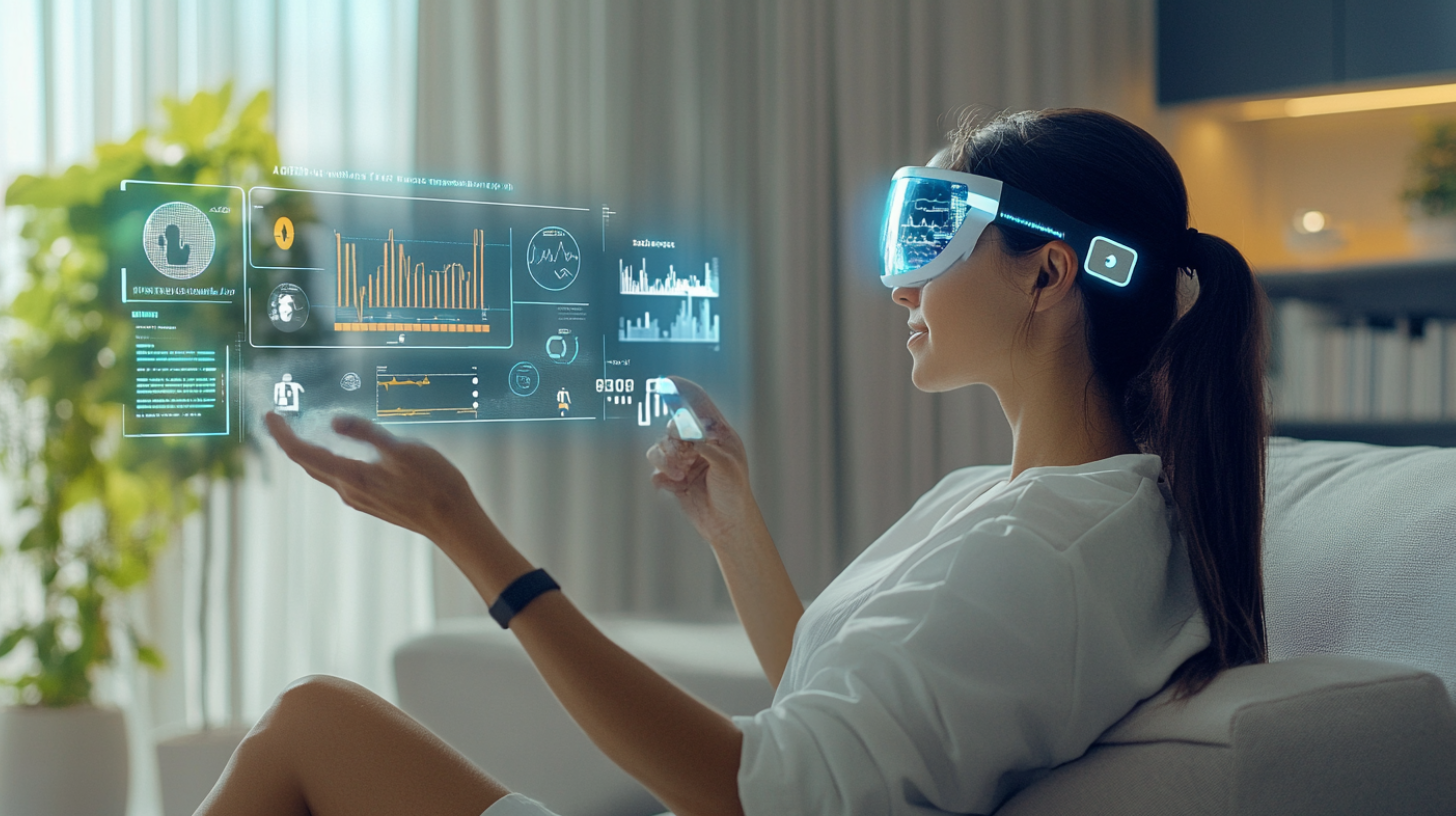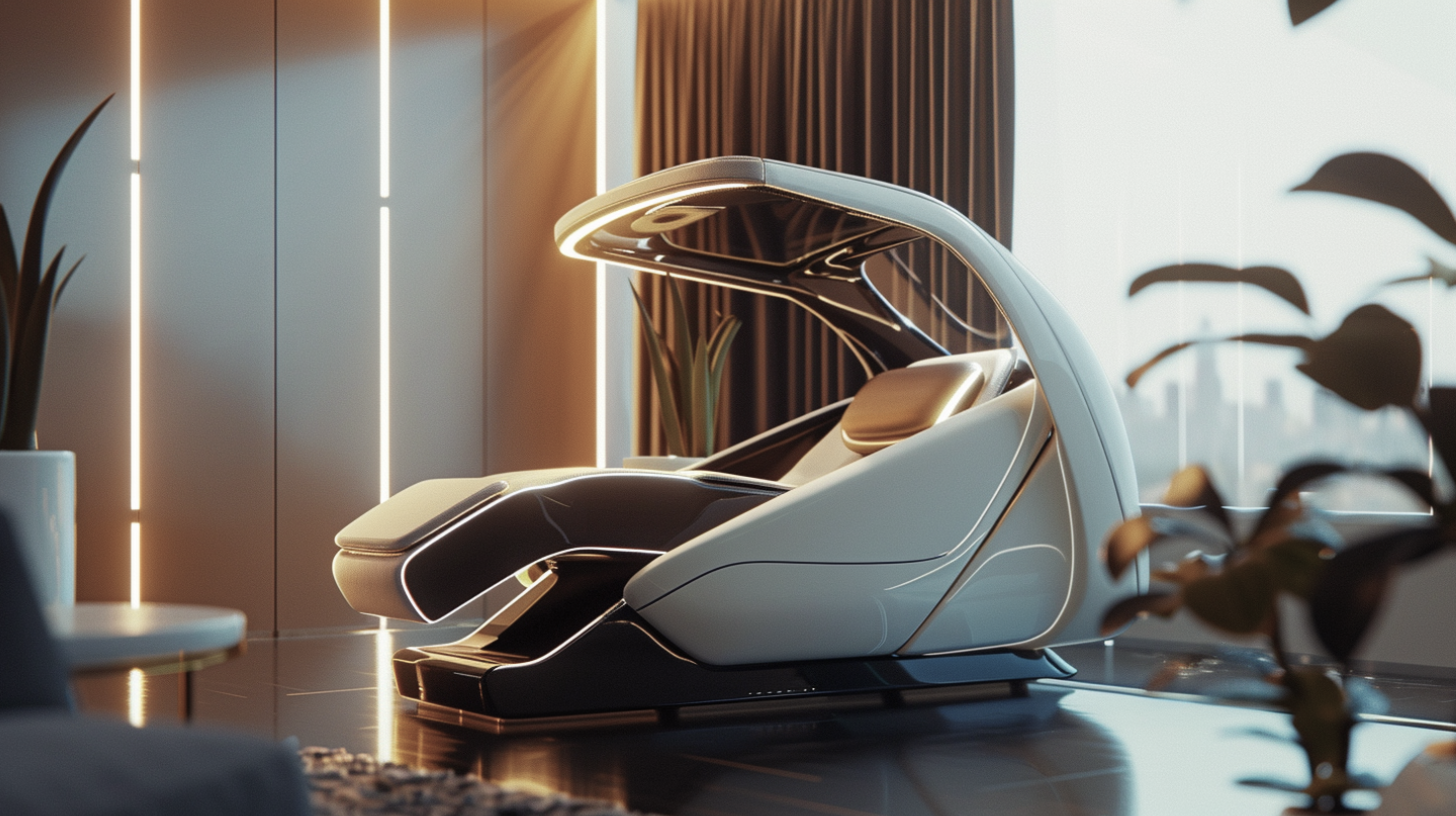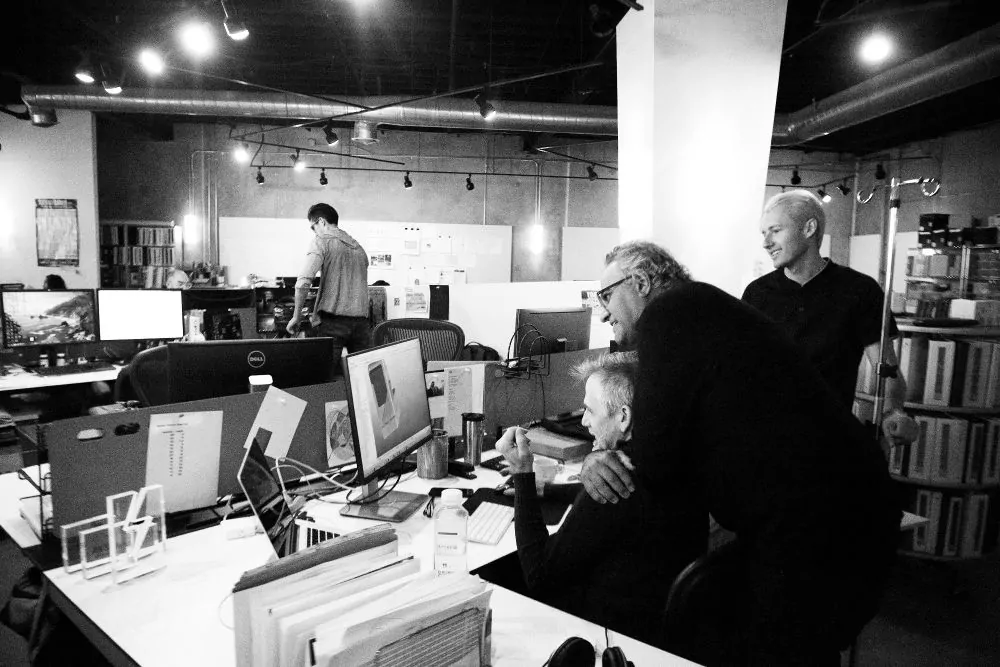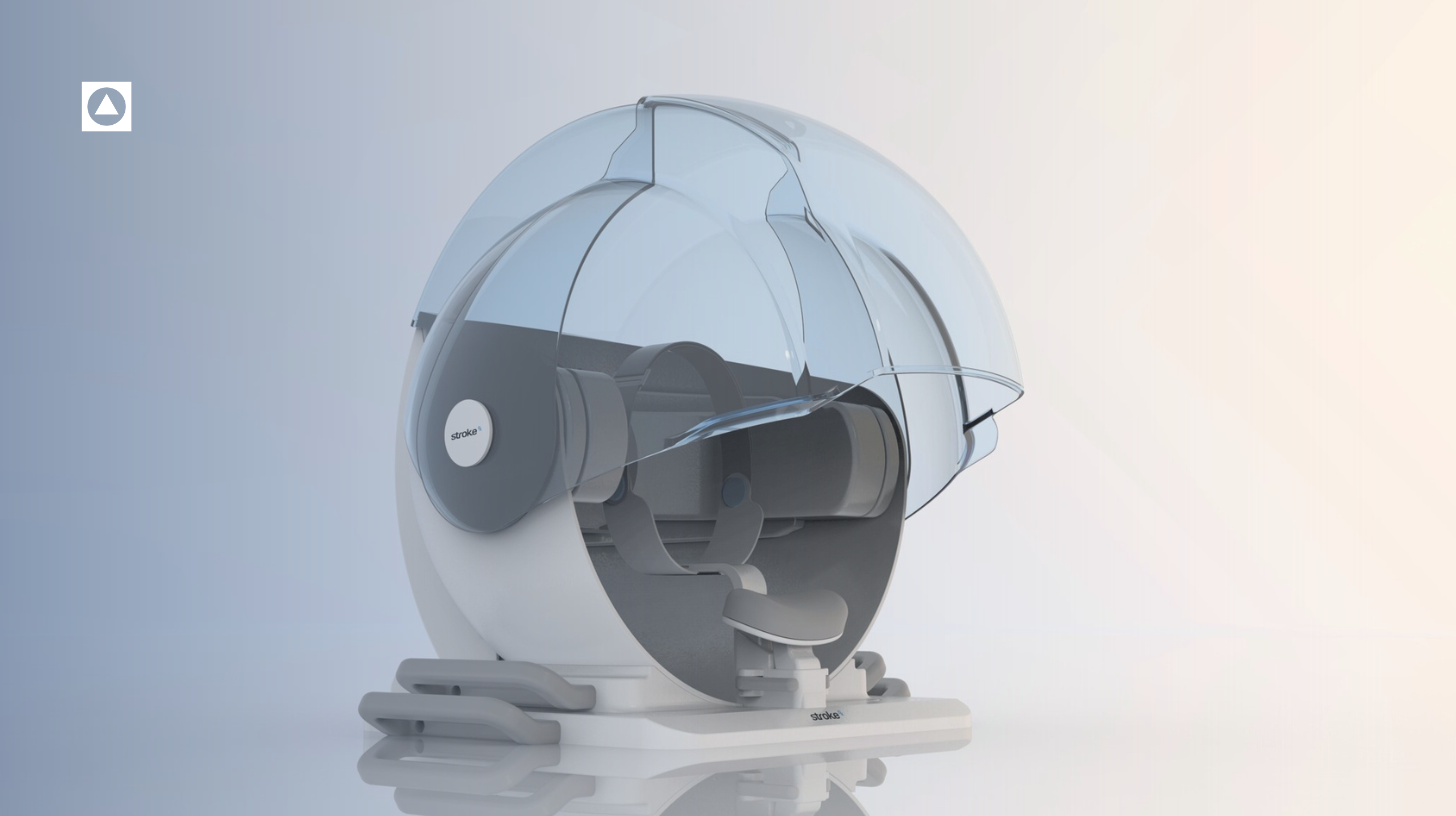Defining a feature set is one of the most critical steps in creating a successful product. The feature set lists all the features, functions, and capabilities that a product will offer its users. The choice is also a strategic one. If the product is being manufactured, it will define the cost of goods (COGS); if the product is digital, it will determine the technologies and infrastructure needed to work. So, spending time on this step is essential because a well-defined feature set can make the difference between a successful and feasible product that achieves viral demand and one that falls flat.
Defining a product feature set involves considering a wide range of factors, including user needs and expectations, market trends, and technology constraints. One approach that can be useful in this process is the Psycho-Aesthetics process. Our team uses this process to help guide and derisk the product development process. To ensure that our new products meet both emotional and functional needs, we evaluate them against the competition based on their characteristics and how well they fulfill those needs. Sometimes this competitive set is directly and highly competitive, making features a fundamental reason users switch from their existing process. Often though, the set is a hodgepodge of somewhat related products or services that will be fulfilled in an entirely new way. By using Psycho-Aesthetics when defining a product’s feature set, designers can create products that are not only functional but also emotionally satisfying to users. We’ll cover a bit of Psycho-Aesthetics here, but if you’d like to learn more about Psycho-Aesthetics, you can watch our CEO and founder talk about Psycho-Aesthetics below or visit our website page labeled Psycho-Aesthetics.
Physical vs. Digital Products
Physical Products tend to have a more limited feature set, as physical limitations often constrain them. For example, a bicycle can only have a certain number of gears, and a watch can only display a limited amount of information. In defining a physical product’s feature set, designers need to consider the most critical functions and capabilities the product will provide while also considering the physical constraints of the product. In this context, Psycho-Aesthetics can be particularly important, as designers need to create a product that functions well and looks and feels satisfying to users.
Despite the differences between digital and physical products, there are also many similarities in defining their feature sets. In both cases, designers must consider user needs and expectations, market trends, technological constraints, and business and strategic constraints. They need to prioritize the product’s most critical functions and capabilities while also considering how to make the product emotionally satisfying to users.
Defining a product’s feature set is critical in creating a successful product. By using Psycho-Aesthetics and understanding the differences and similarities between digital and physical products, designers can create products that function well and resonate with users emotionally.
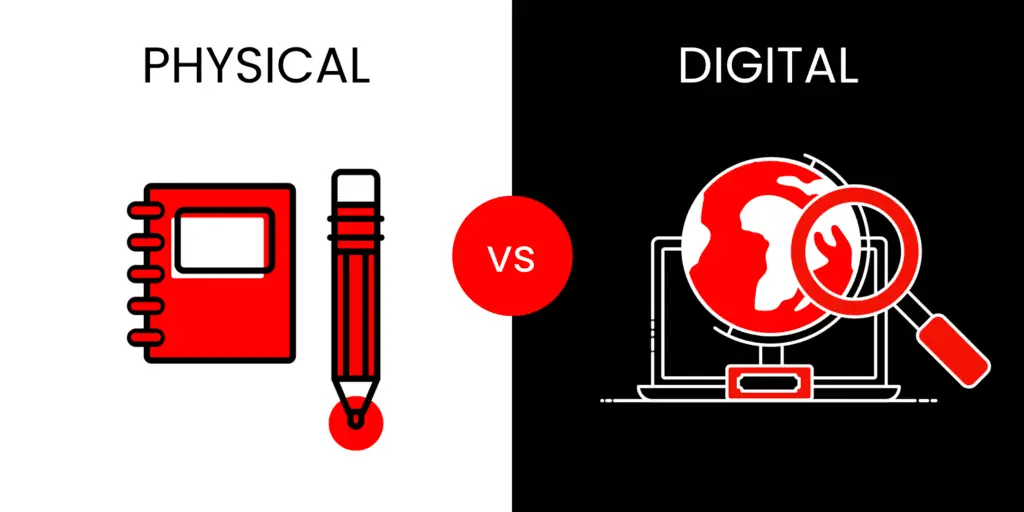
Digital Products, on the other hand, are typically defined by their software capabilities. When defining a digital product’s feature set, designers need to consider the specific functions and features that the software will provide. For example, if the product is a photo editing app, designers must consider which editing tools to include, how to enable users to share photos, and how to ensure the app is easy to use. In general, digital products have a broader feature set, as software can enable many different functions and capabilities.
Steps to Define Your Product Feature Set
Okay, now that we’ve made a case that digital and physical products have some similarities and differences, we are ready to list some helpful steps on how you can define a product feature set.
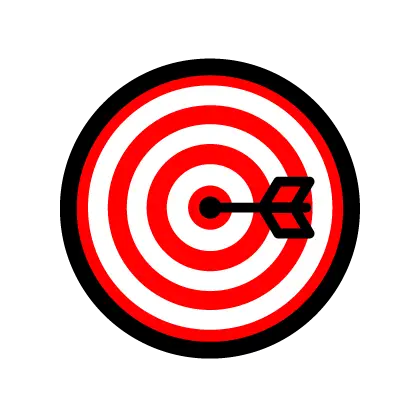
1. P/A Personas: Identify Your Target Audience
The first step in defining your product’s feature set is identifying your target audience. Who are your users, and what are their needs? You need to understand your users’ pain points, preferences, and expectations to design a product that solves their problems and satisfies their needs. Conduct market research, analyze customer feedback, and create user personas to understand your target audience better.
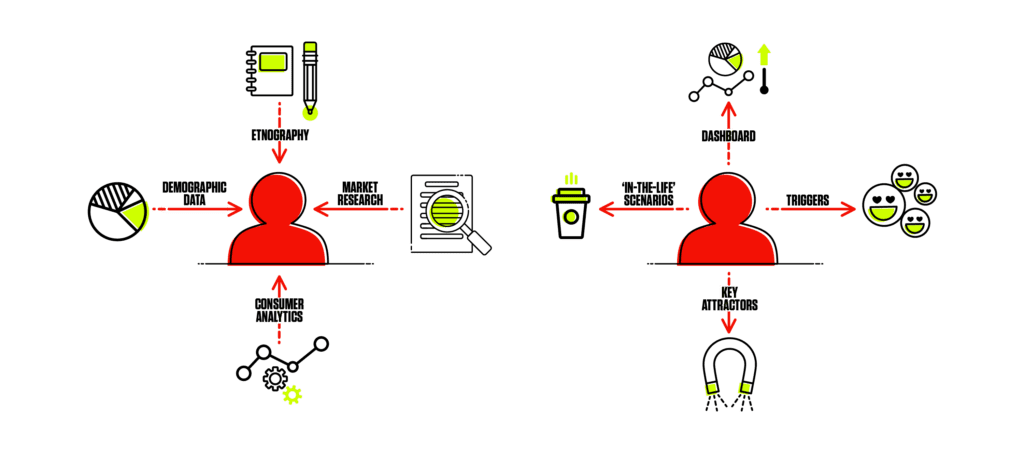
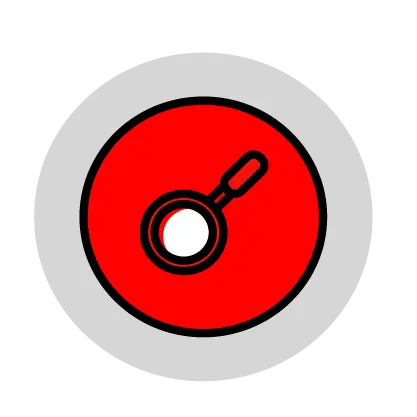
2. P/A Mapping: Identify Competitors
Identifying the competitive set of products is a critical step in defining a product feature set using Psycho-Aesthetics (PA). In order to identify the competitive set, a thorough analysis of the market and the competitive landscape is required. This analysis should include identifying all products and services that may be considered substitutes or alternatives to the product being developed. This analysis should also include an assessment of the features and benefits of these products, as well as the perceived strengths and weaknesses of the various brands. However, sometimes it can take time to come up with new ideas or approaches that can truly set a product or service apart from the competition. In such cases, looking outside of one’s own category or segment can offer valuable insights and inspiration. Once the competitive set has been identified, the product development team can begin to assess the unique value proposition of their own product, as well as the key areas where the product can differentiate itself from the competition, in order to create a product feature set that will resonate with their target customer.
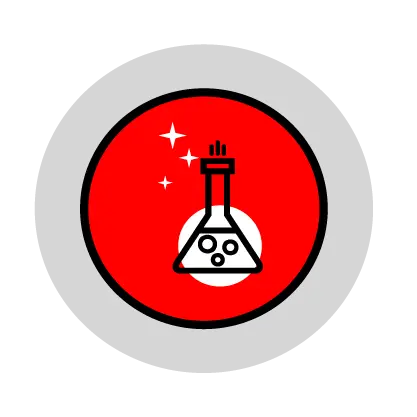
3. P/A Mapping: Finding Opportunity Zone
When defining a product feature set, it is crucial to identify the opportunity zone, which refers to the gap or unmet need in the market that the product can fulfill. By understanding the opportunity zone, a company can develop a product that is differentiated from the competition and can fulfill an unmet need in the market. This is where psycho-aesthetics can be particularly useful, as it can provide insights into the emotional and psychological needs of the target audience, helping to identify potential opportunity zones. By focusing on the opportunity zone, a company can create a product that meets its target audience’s needs while standing out in a crowded market. It’s also important to look ahead. In each design sprint, we use Psycho-Aesthetics to map features against the competitive set and the user types, identifying opportunity zones not just for the now, but for where the market and user needs are going. As a result, we derisk the product development process by increasing the likelihood that feature choices can survive long product development. Plus, we get a great roadmap for future versions.
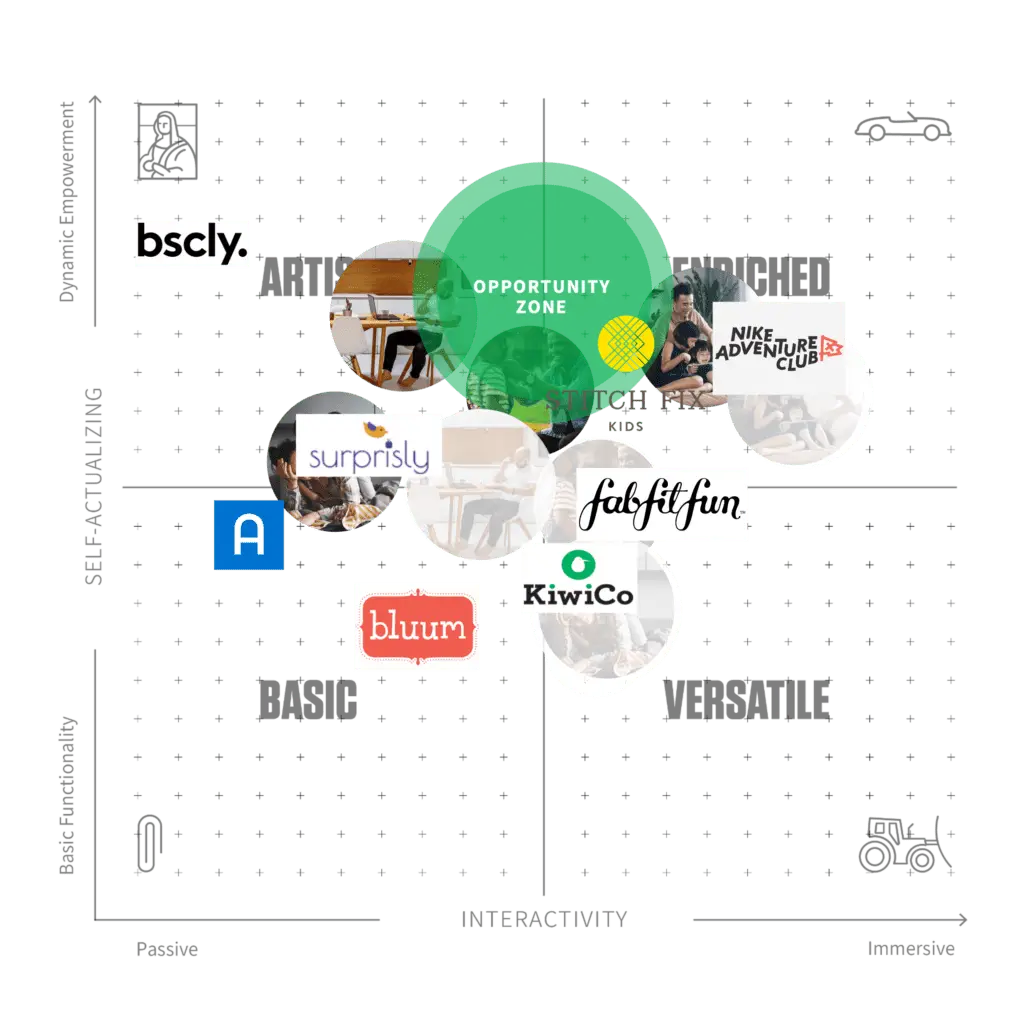
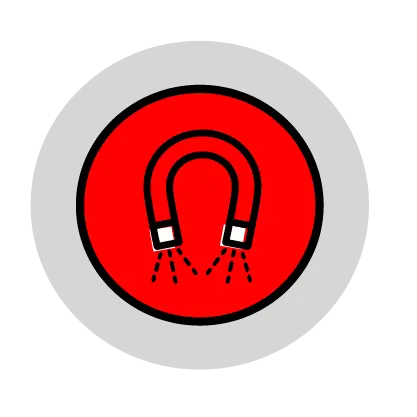
4. Identify Key Attractors
Identifying key attractors is a critical step in the product feature set definition process following the identification of the opportunity zone. Attractors are the emotional, cognitive, and physical features that drive consumers to choose a particular product over its competitors. By analyzing consumer insights, market trends, and other relevant factors, a company can identify the key attractors for its product. Once these key attractors are identified, the product development team can then focus on integrating these features into the product design to maximize the product’s appeal to the target market. By doing so, the product will not only stand out from the competition but also offer a more satisfying and emotionally resonant experience for the consumer. Brainstorming features for your product feature set can be a collaborative process involving various stakeholders in your company. By involving multiple stakeholders in the process and evaluating potential features based on the needs and preferences of your target audience, you can develop a product feature set that resonates with your customers and helps you stand out in the market.
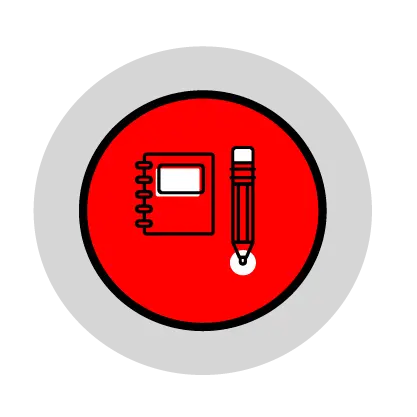
5. Set User's on the Hero's Journey
In the context of Psycho-Aesthetics and product design, setting users off on the hero’s journey refers to creating a compelling narrative or experience that positions the user as the protagonist who overcomes challenges and achieves success with the product. This approach can help to create an emotional connection with the product and build brand loyalty. To set users off on the hero’s journey, it is important to understand their needs, desires, and pain points, and design the product to address these factors. The product should also provide a clear and compelling value proposition that is easy to understand and communicate. Additionally, it is important to design the user experience in an intuitive, engaging, and enjoyable way so that users are motivated to continue using the product and become advocates for it.
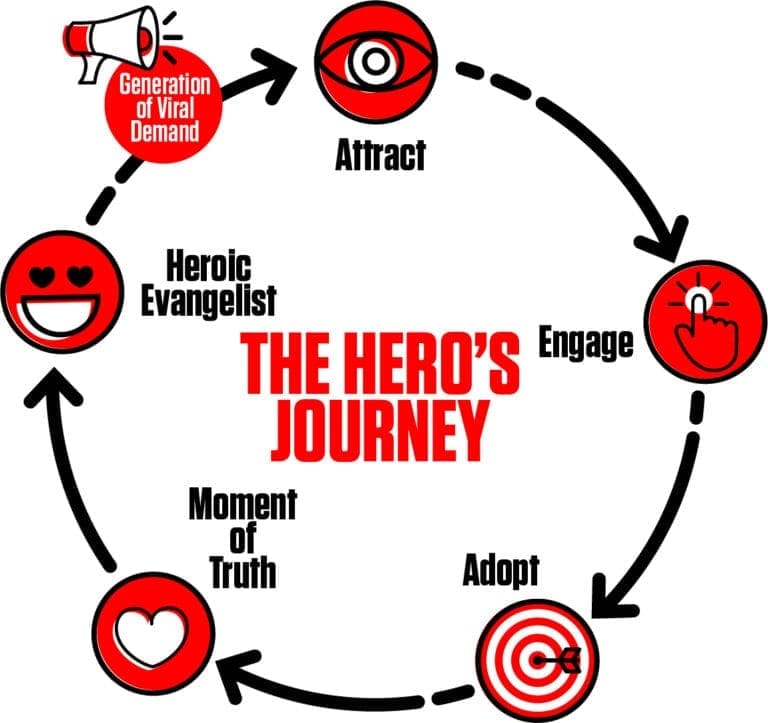
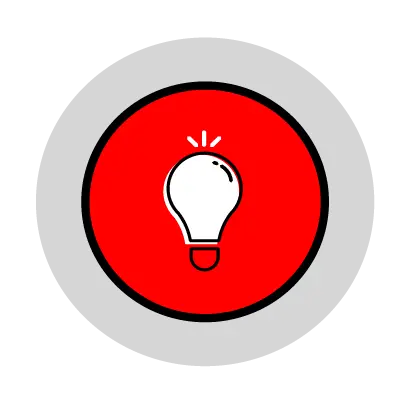
6. Prioritize Features
Once you have a list of potential features, the next step is to prioritize them. You must decide which features are most important to your users and which are nice-to-have but not essential. Prioritizing your features will help you focus on the most critical functionalities and ensure you deliver a product that meets your users’ needs.
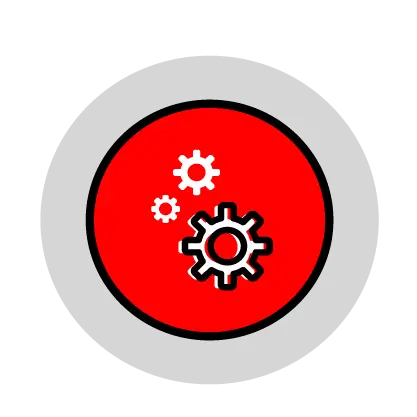
7. Define Minimum Loveable Product (MVP)
A Minimum Viable Product (MVP) is the most basic version of your product that still solves your users’ problems. We prefer Minimal Loveable Products. While it’s important to deliver a product quickly so you can iterate and learn from your customers, you can only really learn a lot if the product meets their emotional and functional needs. Let’s put it this way; you need to deliver something that can be the final product if you hope to get enough data to make it even better. That’s why we use the term minimal loveable product; we want to deliver something that creates a connection so that by the time you’re on to version 2, you can have users and customers asking for it. Defining an MLP helps you focus on the essential features your product needs to provide value to your users. When you’re trying to define your MVP, please consider what features are necessary to solve your users’ pain points, what features are essential for your product’s core functionality, and what features can be added later.
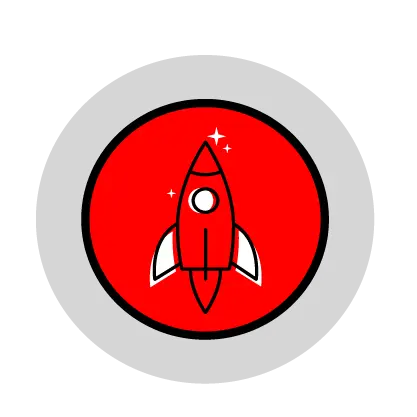
8. Get User Feedback
Once you have defined your product’s feature set and created an MVP, it’s time to get feedback from your users. User feedback is critical in ensuring you have designed a product that meets your users’ needs. Conduct user testing, surveys, and interviews to gather feedback on your product’s features, usability, and functionality. Use this feedback to iterate on your product and make improvements.
Some Closing Thoughts
Okay, look, there’s more to say here. In fact, there’s much more. We wanted to create an MLP that would be valuable for you, hoping you might come back to see what we have to say later. We’ll keep posting and sharing the wisdom that we’ve developed over the years. We hope you’ll stay, grab a coffee or tea, and enjoy; like we enjoy writing these!

